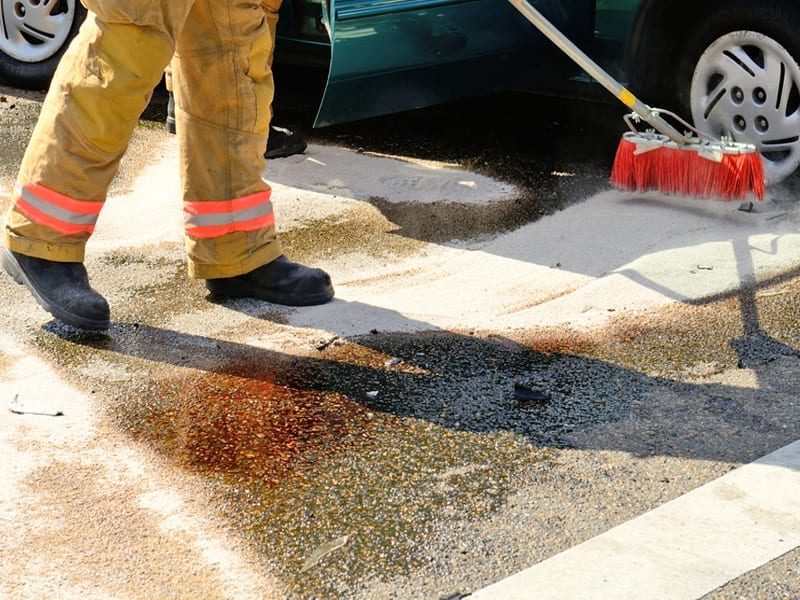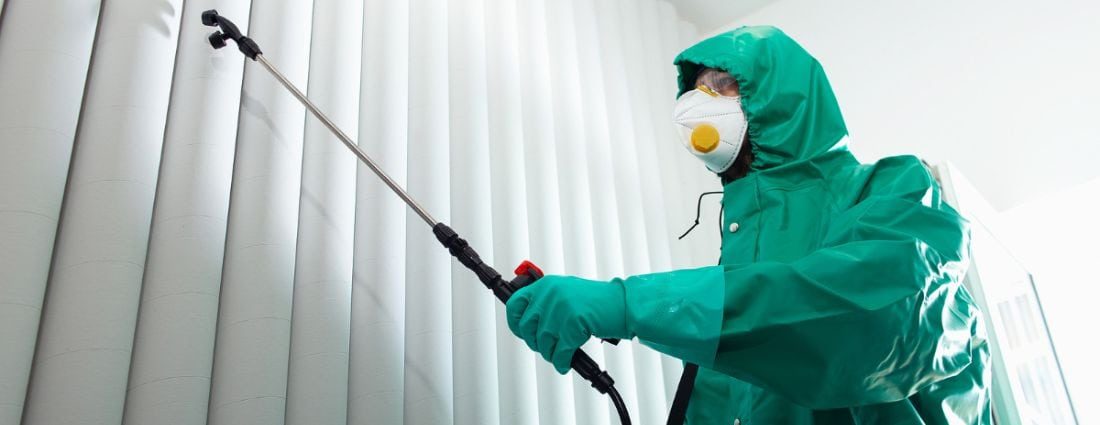Sewage Cleanup Providers: Fast and Safe Remediation of Contaminated Areas
Sewage Cleanup Providers: Fast and Safe Remediation of Contaminated Areas
Blog Article
Professional Biohazard Cleansing and Purification for Blood, Bodily Fluids, and Hazardous Products
The possible wellness risks linked with direct exposure to biohazards underscore the essential need for careful handling and thorough clean-up. As we navigate the complex landscape of biohazard cleaning, understanding the subtleties of policies, compliance, and the customized tools at play ends up being crucial in making certain a comprehensive and risk-free decontamination procedure.
Wellness Threats of Biohazard Direct Exposure
Direct exposure to biohazards presents substantial health and wellness threats that can lead to extreme effects for people and neighborhoods alike. Biohazards include a variety of biological substances, including blood, bodily liquids, mold, germs, infections, and other potentially transmittable products. When individuals come right into call with these biohazards, whether with crashes, improper handling, or environmental exposure, they deal with the danger of having major illnesses or illness.
Among the main health and wellness dangers connected with biohazard direct exposure is the transmission of contagious illness. Bloodborne pathogens such as HIV, hepatitis B and C, and different germs can be existing in biohazardous products, positioning a direct hazard to human health and wellness. Breathing in airborne biohazards like mold spores or entering into call with contaminated surfaces can additionally lead to breathing issues, allergies, and other damaging health results.
Moreover, biohazard exposure can have long-term health and wellness implications, with some illness materializing years after the preliminary get in touch with (Blood Cleanup). For that reason, it is essential to prioritize appropriate biohazard cleansing and decontamination to minimize these wellness threats and make sure the security of people and areas

Specialized Training for Biohazard Clean-up
When it comes to handling biohazard clean-up successfully and safely, specialized training plays a fundamental duty in guaranteeing appropriate purification treatments are adhered to. Biohazard cleanup calls for specific knowledge and abilities to properly mitigate threats related to bloodborne microorganisms, bodily liquids, and hazardous products. Specialists learnt biohazard cleaning undertake rigorous instruction on how to safely handle, eliminate, and deal with biohazardous products to prevent contamination and exposure.
Specialized training for biohazard cleaning covers a range of necessary subjects, including appropriate personal safety tools (PPE) use, bloodborne microorganism recognition, decontamination methods, and hazardous waste disposal methods. Individuals learnt biohazard cleaning are geared up with the needed expertise to analyze contamination degrees, recognize prospective hazards, and carry out suitable clean-up treatments in compliance with regulatory requirements.
Continual training and education are extremely important in the area of biohazard cleanup to remain upgraded on the most recent decontamination technologies, safety and security protocols, and policies. By purchasing specialized training, biohazard cleanup specialists can efficiently react to emergency situation clean-up scenarios and secure both public wellness and the atmosphere.
Significance of Appropriate Decontamination Techniques
Using proper decontamination techniques is essential in biohazard cleaning to successfully decrease and eliminate hazardous materials wellness dangers. Effective decontamination not just ensures the removal of noticeable traces of blood, physical liquids, and other biohazards however likewise targets Biohazard removal unnoticeable virus that may present serious health hazards if not properly eliminated. By complying with rigid purification procedures, trained specialists can significantly lower the threat of direct exposure to hazardous bacteria, viruses, and bacteria that could result in infections or conditions.
Proper purification techniques involve the usage of specific equipment and disinfectants that are specifically made to counteract biohazards efficiently. Extensive cleaning and disinfection of contaminated locations are vital to prevent the spread of pathogens and make sure a safe environment for passengers. Additionally, the appropriate disposal of biohazardous waste adhering to purification procedures is essential in avoiding contamination of other surface areas or people.

Devices and Tools for Safe Cleaning
When dealing with blood, physical liquids, or dangerous products, biohazard cleansing experts rely on specialized equipment to decrease direct exposure risks and extensively sanitize the affected area. In addition, biohazard cleansing kits including disinfectants, absorbing products, and biohazard bags are made use of to safely get rid of and consist of of infected things.
Advanced cleaning tools like hospital-grade disinfectants, HEPA-filtered vacuums, and misting devices are utilized to sterilize surface areas and get rid of biohazards efficiently. Specialized equipment such as sharps containers and biohazard waste disposal containers are utilized to safely handle sharp things and biohazardous waste products. By utilizing the right equipment and devices, biohazard cleaning experts can make certain a thorough cleaning process that prioritizes safety and security and lessens health and wellness threats for both workers and passengers of the damaged room.
Regulations and Conformity in Biohazard Cleansing
Proper adherence to policies and compliance standards is paramount in biohazard cleaning to guarantee the security of both employees and the environment. Government firms such as OSHA (Occupational Safety And Security and Wellness Management) and the EPA (Epa) have actually developed certain guidelines for biohazard cleaning treatments to decrease health and wellness dangers and environmental contamination. These guidelines cover a variety of facets including the handling, transportation, and disposal of biohazardous products, along with the required training and safety devices required for workers associated with the clean-up procedure.
Biohazard cleaning business should stay up-to-date with these regulations to assure that their operations satisfy the required safety and security criteria. Failure to abide by these guidelines can lead to severe effects, consisting of penalties, lawsuit, and jeopardizing the health and wellness of people and the setting. By complying with stringent laws and conformity measures, biohazard cleansing business can successfully minimize risks and guarantee a safe and thorough cleanup procedure for all parties included.
Conclusion
In final thought, biohazard cleansing and purification need customized training, appropriate techniques, and adherence to policies. Exposure to blood, bodily liquids, and dangerous materials presents substantial health threats, making it vital to use the right devices and tools for safe cleanup. By following rigorous methods and standards, professionals can properly mitigate the threats linked with biohazard exposure and ensure the safety of both themselves and others.
As we navigate the detailed landscape of biohazard cleanup, comprehending the subtleties of policies, compliance, and the specific tools at play becomes important in ensuring a risk-free and detailed purification process. (Blood Cleanup)
When it comes to taking care of biohazard cleaning effectively and safely, specialized training plays a fundamental duty in making certain appropriate purification procedures are followed.Utilizing appropriate decontamination methods is essential in biohazard cleaning to effectively reduce and eliminate dangerous materials health risks. Furthermore, biohazard cleaning sets having disinfectants, absorptive products, and biohazard bags are used to safely dispose and include of contaminated products.
Government firms such as OSHA (Occupational Safety and Health Administration) and the EPA (Environmental Security Firm) have actually established specific standards for biohazard clean-up procedures to reduce health threats and ecological contamination.
Report this page